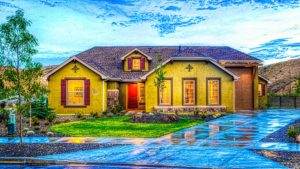[ad_1]
Exploring the Latest Innovations in Roofing Materials and Technologies
According to a Canadian survey, roof repairs were the most common emergency undertaken by 11% of homeowners. The same report revealed that 32% of surveyed homeowners completed at least one emergency repair due to weather emergencies. Considering the frequency of adverse climatic events in the country, it is vital to build substantial houses to withstand the destructive effects of natural calamities. The good news is advances and innovations in roofing materials and technologies are available and developed so that homes are fitted with robust roofs that are appropriate for Canadian weather. From sustainable roofs to metal roofing systems, these developments enable homeowners to protect investments in real estate by fitting strong and sturdy roofs.

Sustainable Roofs and Insulation
Responsibly sourced roofing materials are gaining popularity due to increased environmental awareness. They often incorporate eco-friendly materials, energy-efficient features, and environmentally conscious design principles. For example, green roofs or living roofs involve the cultivation of vegetation on the roof surface, providing insulation, absorbing rainwater, and contributing to biodiversity. Lightweight green roof systems and improved plant selection are some of the ongoing innovations to improve eco-friendly roofs. Furthermore, sustainable roofs use high-performance insulation materials to promote energy efficiency.
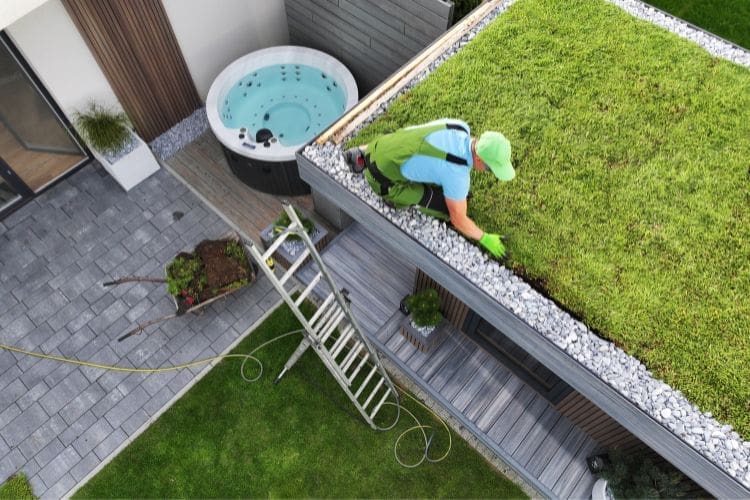
Insulation is critical in any living space because it helps regulate indoor temperatures and reduce the demand for heating and cooling. To illustrate, a poorly insulated home will experience high condensation on windows and walls. Unfortunately, excessive moisture can lead to mold growth, wood rot, and other issues. It is also detrimental to indoor air quality and the home’s structural integrity. A study by Curtis and others revealed that high exposure to indoor mold can affect the respiratory, neurological, and hematological systems of individuals with a normal immune response. Hence, it is vital to address mold growth and remove it from the environment to prevent health problems.
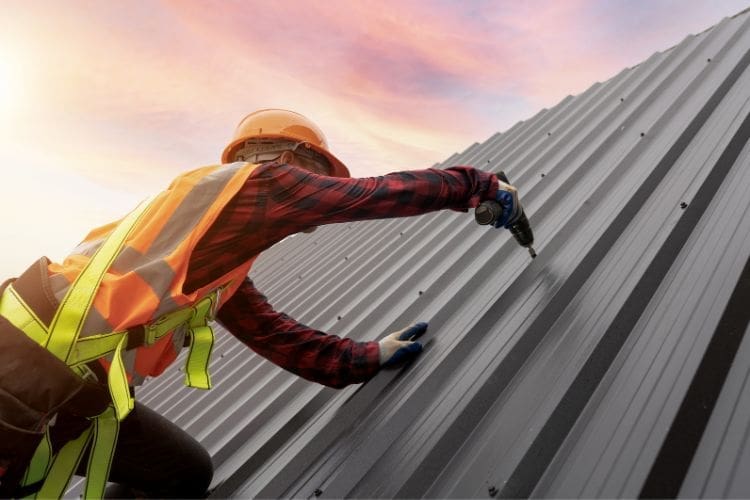
Metal Roofing System
Roofs made with metal are experiencing a resurgence because they are durable and robust. In addition, standing seam metal roofs can resist the elements, including high wind speeds, which is an advantage in Canadian weather. Advancements in material science have led to the development of lightweight yet durable metal roofing materials, which also contain a significant amount of recycled content, contributing to the sustainability goals of the construction industry.
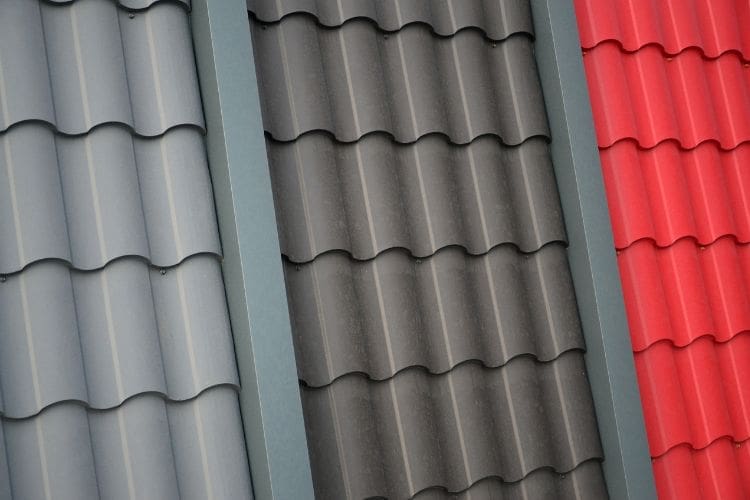
Improved coating technologies used on metal roofs provide better resistance to corrosion, UV radiation, and weathering. For instance, excellent roof coating, which reflects more sunlight and absorbs less heat, positively affects energy efficiency. Some systems are also designed to seamlessly integrate with solar panels, allowing a sleek and uniform appearance while harvesting solar energy for power generation. On top of diverse design options such as various colors, finishes, and profiles, digital tools and software are used to design, plan, and install metal roofing systems. These tools produce accurate results, precise design specs, and efficient installation processes.
Impact-Resistant Roof
A warmer climate significantly impacts the weather, increasing the chances of high winds, flash floods, lightning, hail, wildfires, and tornadoes. Climate change is a risk factor in Winnipeg and other Canadian cities. For the most part, the entire nation experiences wetter springs, drier late summers, warmer winters, and many hot days. Protecting buildings and homes must be done to reduce the impact of harmful climatic events. Impact-resistant roofing materials can offer a first line of defense from hailstones, strong winds, falling branches, and other debris threatening structures.

Designed with durability, the materials used in impact-resistant shingles are made of asphalt, modified asphalt, or composite materials. These roofs have a reinforced structure or special features to distribute the force of an impact more effectively. Furthermore, properly sealed seams and connections prevent water infiltration, which is an extra layer of protection against damage. Impact-resistance roofs may also be tested for their performance, such as the Underwriters Laboratories (UL) 2218 in the US, which classified impact resistance from 1 to 4, with 4 being the most resistant. In Canada, the mark of approval is cUL. Beyond protection, homeowners who install impact-resistance roofs may also get discounts on their insurance premiums as these roofs are less likely to sustain damage during severe weather events.
Roof fortification is an option to protect homes and buildings. By exploring the latest roofing innovations and technologies, sustainability, building performance, and regulation compliance are enhanced.
Author: Nina Friedman
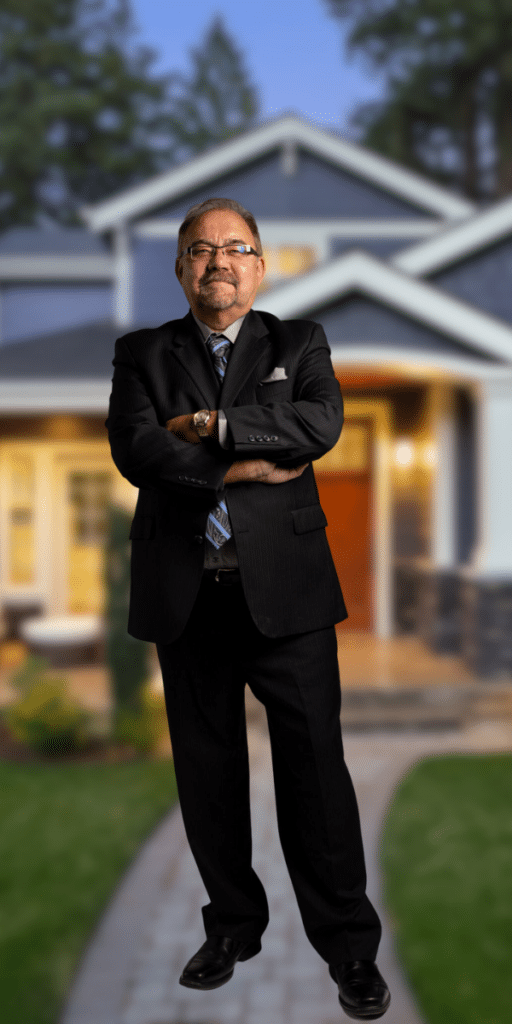 About the Publisher
About the Publisher
Bo Kauffmann is a residential real estate agent with over 18 yrs experience in helping buyers and sellers achieve their goals. Inducted into the REMAX Hall of Fame in 2010 and receiving the REMAX Lifetime Achievement Award in 2019, Bo has sold over 500 houses and condos in the Greater Winnipeg market. He is an accredited buyer representative (A.B.R.) and a Luxury Home Marketing Specialist.
Bo provides exceptional service to First-Time Home-Buyers, Seniors looking to downsize and Home Sellers of all ages.
He can be reached easily By E-Mail or call/text him Call/Text Here
Never miss an episode of our real estate podcast.
Install our FREE Podcast App available on iOS and Android.
For your Apple Devices, click here to install our iOS App.
For your Android Devices, click here to install our Android App.
Check my videos on Youtube
Check out our Podcast
[ad_2]
Source_link



